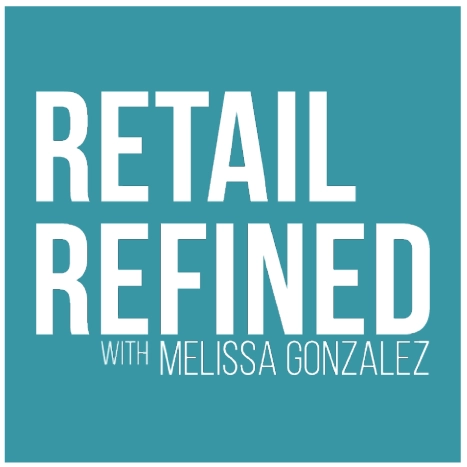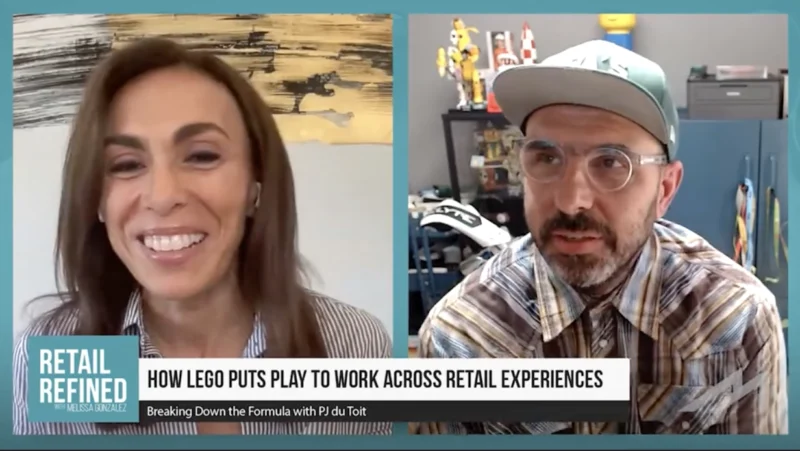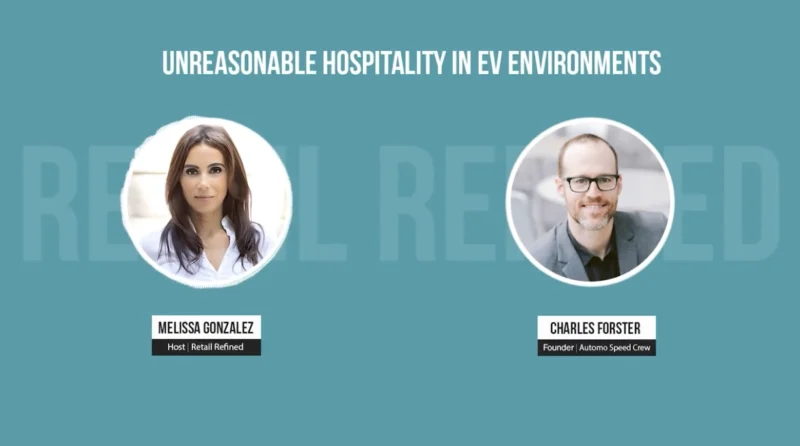The Future of Grocery is Here Live at GroceryShop 2021
What’s the future of grocery? In an industry that’s evolved dramatically since 2020, there are lots of trends to discuss. Retail Refined host Melissa Gonzalez spoke with multiple stakeholders to get their take.
First, Gonzalez chatted with George Shaw, CEO of Pathr.ai, a spatial intelligence platform. “We apply data to questions our customers have, which comes from observing human behavior—the way customers interact with each other and the environment.”
The platform uses existing security cameras to track these interactions, and Shaw said, “Once we have perfect tracking, the gains will be in understanding that behavior.”
Next, Gonzalez talked with Julie Companey, Director of Client Strategy, and Aimee Englert, Executive Director, of Vericast. The company helps businesses better connect with consumers based on data in multiple channels. The company showcased its new platform, Save, at the show.
“Save is a consumer-facing platform that offers coupons and extreme savings,” Englert said.
The three also discussed Vericast’s latest consumer insights report. “The importance around brand and purpose was a key trend. Consumers will spend more on a brand that shares their values,” Englert explained.
Companey also noted rising prices with food costs. “Coupons and getting value are key. Those that lean into a strategy with promotions will do well.”
Robotics and fulfillment were the next big topics. Gonzalez discussed those with Andy Williams, Chief Revenue Office at Attabotics, which uses robotic systems inspired by nature to streamline modern ecommerce fulfillment.
Williams said, “Grocers were beginning to invest in this pre-pandemic. Now, it’s a different business model, where they need to meet demand but be profitable.”
A host of challenges are present for grocery stores—labor is expensive for picking, inventory is unclear, and SKU assortment needs to grow. “Using robotics, you can have a larger assortment and more inventory in a smaller footprint. Sequencing of orders improves and the ability to meet service level agreements. If stores want to stay competitive, they need a new business model for ecommerce,” Williams shared.
Finally, Gonzalez welcomed Patrick Smith, Chief Customer Officer at Antuit.ai, an AI demand forecast and planning tool.
Smith offered his perspective on trends. “Hyper-localization of demand is here. Fulfillment to meet customer needs is a challenge. Companies want the best possible forecast that looks at supply chain, merchandising, understanding customers, and finance.”




